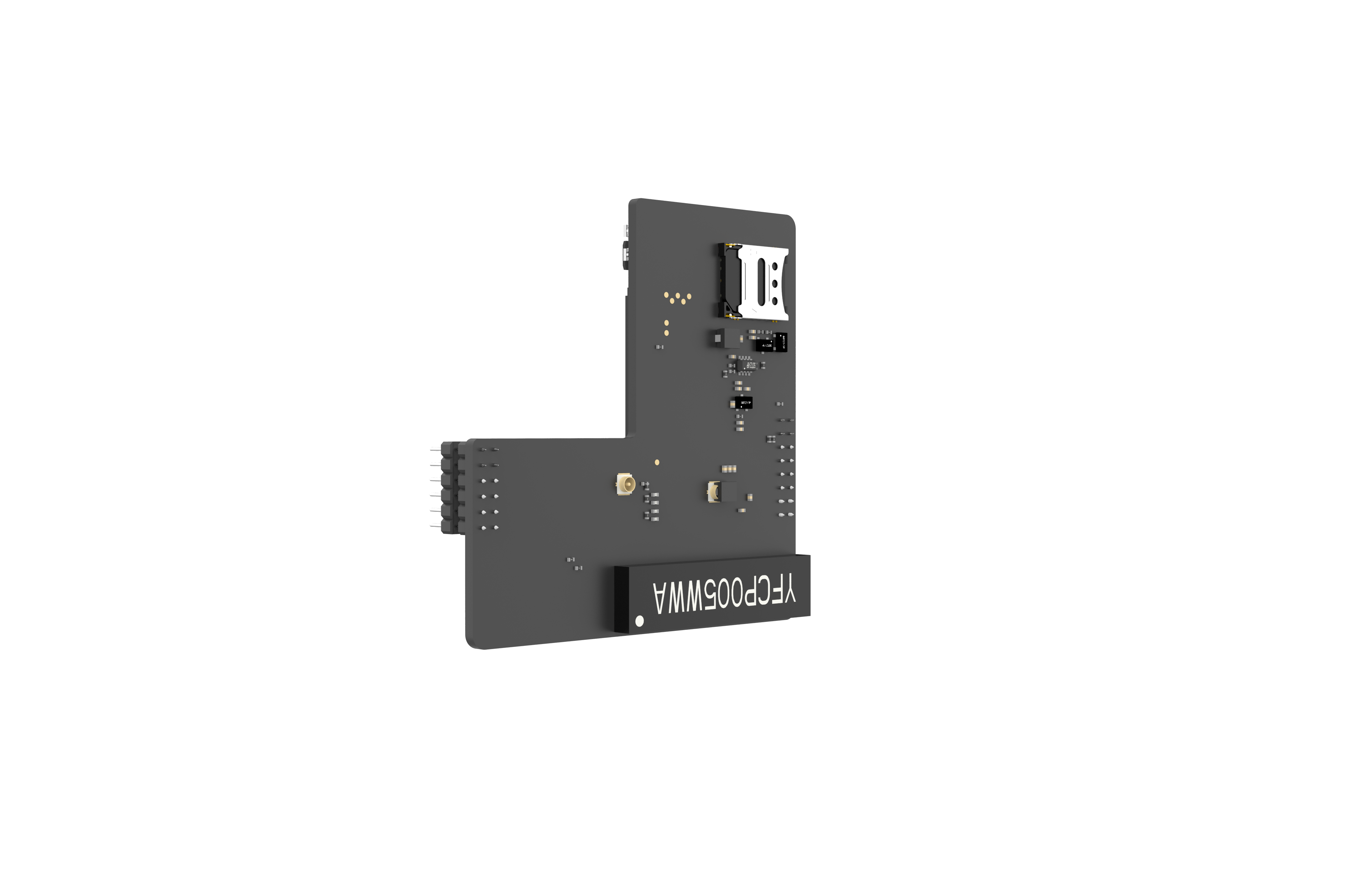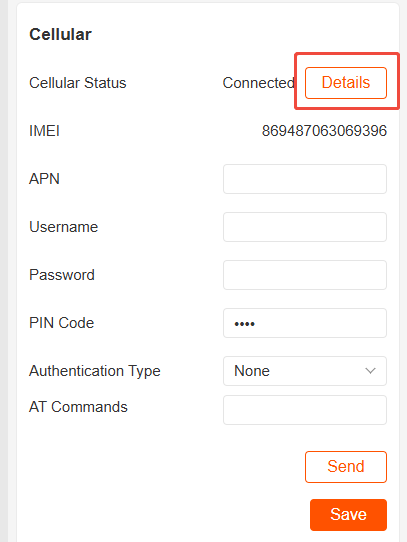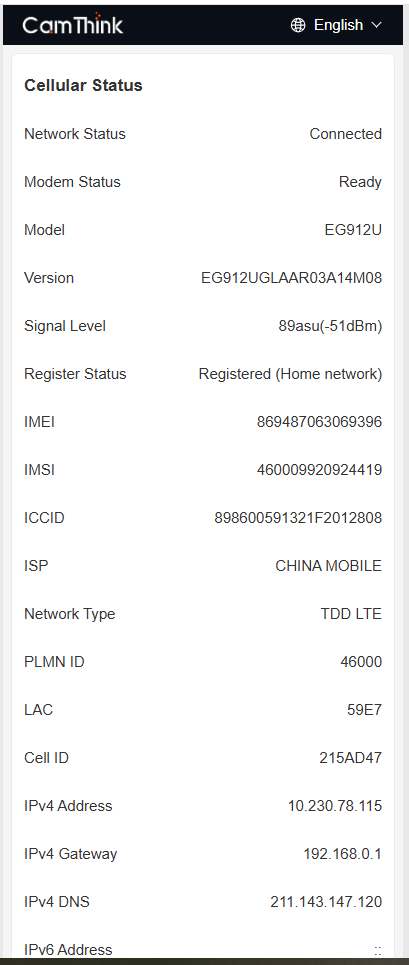Low-Power Capture Based on Cellular
Overview
This solution demonstrates how to utilize LTE Cat 1 technology for low-power image capture and transmission in outdoor environments, specifically suitable for applications without WiFi coverage and lacking gateway devices.
Technical Background
LTE Cat 1 is a communication standard designed by 3GPP for the Internet of Things (IoT), featuring the following core advantages:
- Efficient Transmission: Supports up to 10 Mbps downlink and 5 Mbps uplink speeds
- Full Functionality: Includes mobility management and VoLTE voice communication capabilities
- Energy Efficiency: Optimized power consumption, suitable for long-term battery-powered devices
- Wide Coverage: Can directly access existing 4G network infrastructure, facilitating easy deployment
Development Preparation
Hardware Requirements
- Main Control Unit: Core development board
- Communication Module: LTE Cat 1 wireless module
- Network Access: Activated 4G SIM card

Software Resources
1. Quick Experience Firmware
- Precompiled production firmware download: lowpower_camera bin
2. Development Environment Configuration
- IDE Tool: Visual Studio Code (v1.99.2+)
- Development Framework: ESP-IDF plugin (v5.1.6)
- Sample Code Repository: lowpower_camera
Function Verification
Precompiled Firmware Usage Guide
1. Hardware Preparation
- Properly install the Cat1 communication module
- Insert an activated 4G SIM card
For detailed connection instructions, refer to: Hardware Connection Guide
2. Firmware Flashing
Follow the standard flashing process: System Flashing and Initialization Guide
3. Network Status Verification
- Short press the function key to enter configuration mode
- Access the device's web management interface (http://192.168.1.1)
- Check the "Cellular Network" status information


4. Data Transmission Test
- Configure MQTT server connection parameters
- Perform test capture and image upload functionality
For the complete operation guide, refer to: Quick Start Guide
Source Code Development Verification Process
1. Obtain the Code Repository
git clone https://github.com/camthink-ai/lowpower_camera.git
2. Project Configuration
Open the project directory with VS Code:
3. Compilation and Deployment
- Execute project compilation:

- Flash the generated firmware:

4. Function Verification
Network status check and data transmission test methods are the same as in the precompiled firmware section.
Notes
SIM Card Management
- Ensure the SIM card has an active 4G data service
Signal Quality Assessment
- Excellent Signal: RSSI > -85 dBm
- Moderate Signal: -85 dBm > RSSI > -95 dBm
- Weak Signal: RSSI < -95 dBm
Development Suggestions:
- Use a serial tool to monitor AT command interactions to quickly troubleshoot communication issues
- The network registration process typically takes 30-60 seconds, which is normal
- Adjust the device position in weak signal environments